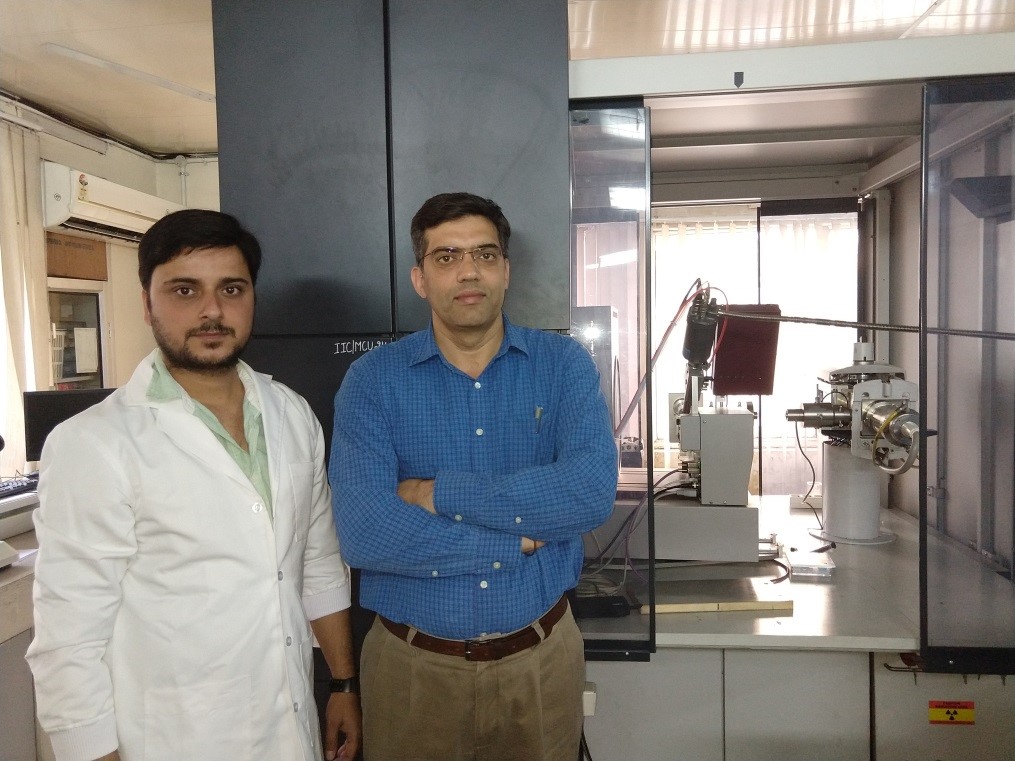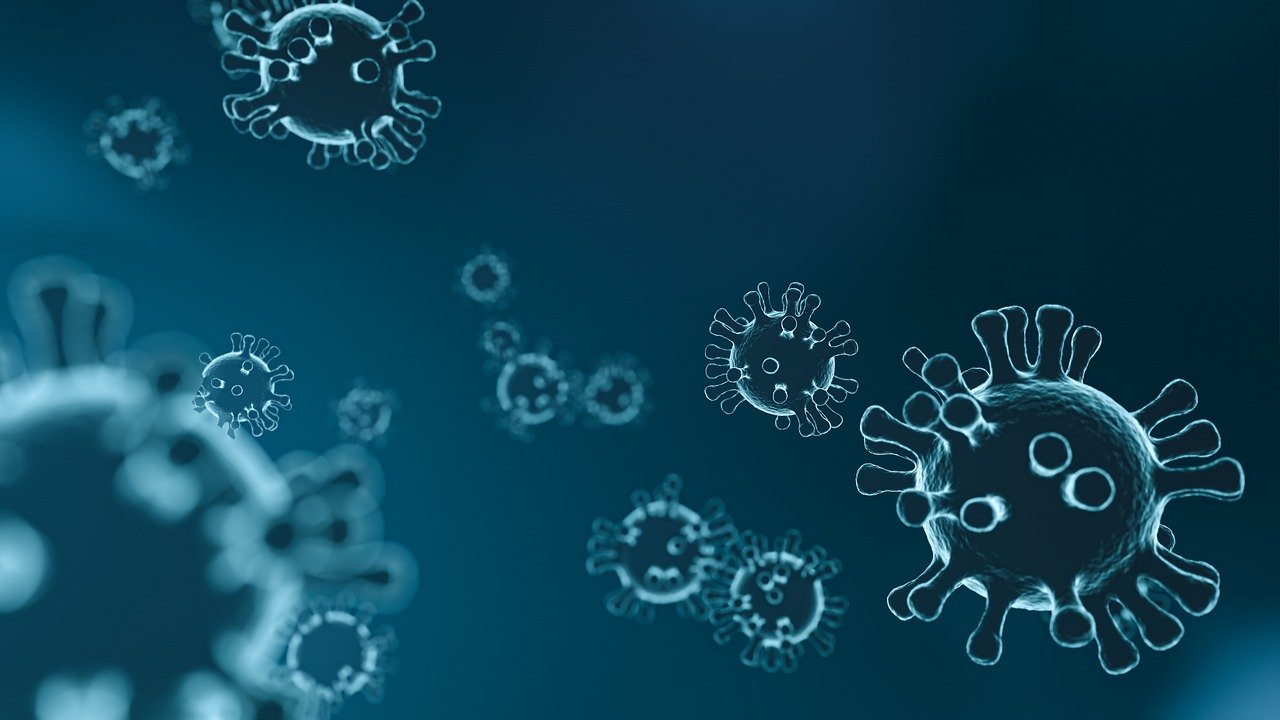
Researchers Decipher Antibacterial Mechanism of Naturally Occurring Chemical
- News
- 3.8K
Researchers at the Indian Institute of Technology, Roorkee, have found out the mechanism that underlies antibacterial properties of a natural compound called Chlorogenic Acid which occurs in several plants including coffee.
They have shown that the compound binds itself to an enzyme called chlorismate mutase in bacteria, thereby inhibiting its growth and causing its eventual death. The enzyme is in Shikimate pathway, which is one of the essential metabolic pathways in any bacteria. It provides amino acids essential for the survival of bacteria.
The shikimate pathway is present in microorganisms, plants, and apicomplexan parasites, but is absent in higher eukaryotes, which makes the enzymes of this pathway promising targets for the development of antibiotics, herbicides, and pesticides.

Members of the research team at IIT, Roorkee
Dr. Pravindra Kumar of the Department of Biotechnology at the Institute, while speaking to India Science Wire, said, “Based on biochemical and structural findings, we have shown that chlorogenic acid, a structural analog of chorismic acid, is an inhibitor of chorismate mutase. Biochemical and binding assays have shown the inhibitory activity of chlorogenic acid against chorismate mutase type II.”
The researchers claim that molecular mechanism of antibacterial properties of chlorogenic acid has been deciphered for the first time. “The overall structural blueprints obtained from our work can be exploited to produce a more efficient new class of antibiotics. The atomic resolution structural snapshot of the Chlorogenic Acid-binding with Chlorismate Mutase enzyme provides information, which can be used to tweak the chemical structure of Chlorogenic Acid to make a more potent inhibitor”, Dr. Kumar added. The first results of the study were published in Scientific Reports last year.
The research team included Dr. Shivendra Pratap, Dr. Aditya Dev, Dr. Vijay Kumar, Dr. Ravi Yadav, Dr. Manju Narwal and Dr. Shaily Tomar. (India Science Wire)
By Sunderarajan Padmanabhan
Journal Article
For the latest Science, Tech news and conversations, follow Research Stash on Twitter, Facebook, and subscribe to our YouTube channel


